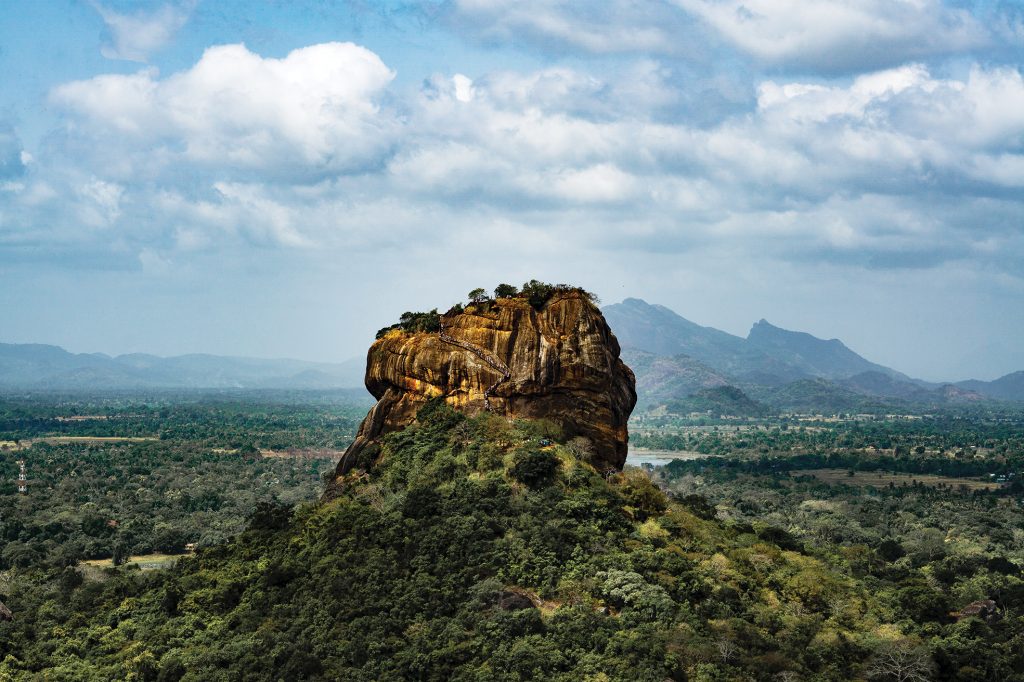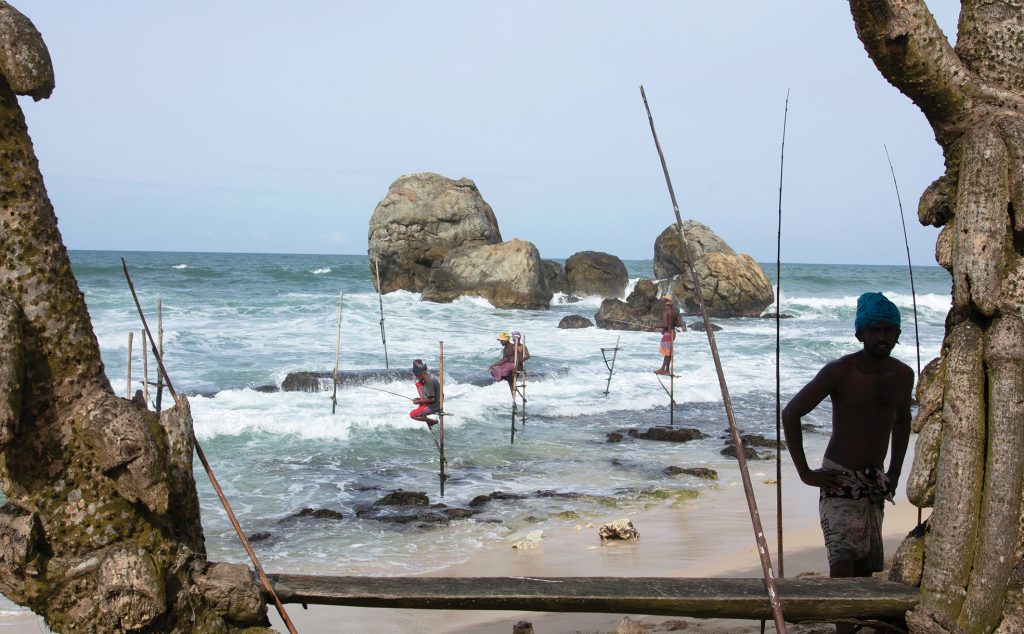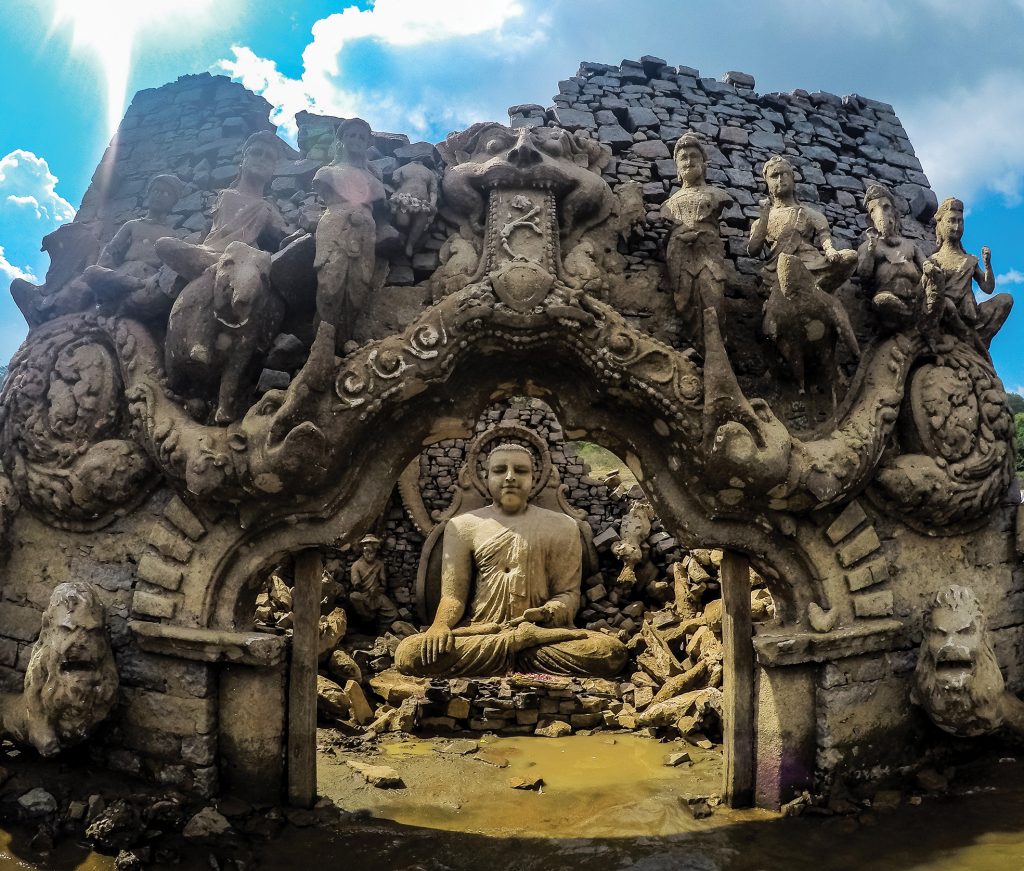British colonial heritage, beautiful landscapes and incredibly friendly locals. A land that enriches the soul of every traveller that pays homage to its shores
– SRI LANKA

There seems to be plenty of reasons why Sri Lanka is fast becoming a hot favourite for beginners and seasoned travellers alike. Despite the recent bomb attacks earlier in the year, tourism is slowly reviving. As an emerging honeymoon go to destination, Sri Lanka also attracts a lot of couples looking for a vibrant nightlife that can rival that of Bangkok’s Khao San Road. But Sri Lanka was never really known for its urban night scene. Instead, it prides itself at being a place where you can quietly spend some time in self-reflection while slowly being immersed in its unique culture and unspoiled natural beauty. If you’ve got money to burn, there are plenty of new high-end luxury hotels and resorts that offer top-of-the-line hospitality. International names like Aman have already set a foothold on the island while Shangri-La has two new hotels scheduled to open soon.
But it’s the local luxury hotels that is worth keeping an eye on. Uga Escapes and Resplendent Ceylon are just two examples of burgeoning local names that offer more than just your predictable hotel experience. Outside of Colombo and a few beach resorts, hotels, hostels and inns tend to be quite uncommon. Family-run guesthouses and accommodations are much more frequent, which makes it easy to meet locals but tricky for solo travellers hoping to make friends on the road at the same time.
THE PACE OF LIFE IN SRI LANKA IS DEFINITELY MUCH LESS CHAOTIC COMPARED TO THAT OF NEIGHBOURING INDIA, WHICH MAKES IT THE IDEAL PLACE FOR THOSE INTRIGUED, YET INTIMIDATED
But Sri Lanka has only recently appeared on many travellers’ bucket list following the end of a 26-year-long civil war that only ended in 2009. With more tourists heading to Sri Lanka every year, now is the perfect time to visit this unexplored paradise. Sri Lanka’s strength is symbiotic to its unique atmosphere of having a slow pace life. Although infrastructure is steadily improving and transportation are plentiful, getting around this modestly sized country, with its tight roads and steep inclines, might feel a little overwhelming for first time visitors.

Hill Street Blues
Sri Lanka, with its hill-riddled landscapes and tough terrains is particularly notorious for racking up your road travel time. Whether its by bus, tuk tuk or train, expect to inch your way from one tea plantation to another at slow speeds of just around 14 miles per hour, give or take. For those in a hurry and have deep pockets, taking a seaplane or hiring a car are several good alternatives. The country’s Northern Province is a prime area for those who want to explore uncharted territories. A former Tamil Tiger stronghold, it was one of the last areas on the island to open to tourists, and has yet to succumb to the relentless barrage of hotels, resorts and other land developments. If you’re interested in desolate beaches, remote temples and colonial port towns, just head north and you will be rewarded with pockets of exotic serenity.
Sri Lankan Spice
Of course, no trip to any country would be complete without diving into its food scene. To say that Sri Lankan food is delicious is an understatement. While there are plenty of local delicacies to choose from, visitors can’t seem to get enough of the local flavours found in every dish, that is if you know where to go! Where to find the good stuff may sometimes pose as a challenge, especially if you’re a first time visitor. Savoury rice flour crêpes that come in bowl-shaped hoppers are the highlight, but are typically only served in the morning or late in the afternoon. Rice and curry is a lunchtime knockout, while kottu rotty (chopped flatbread stir-fried with eggs and vegetables) is usually only available in the evening. Travellers familiar with Asia are surprised at the lack of street food stalls; instead, some of the best food are found in the kitchens of small guesthouses. Sri Lanka is still considered a cheap destination if you hold it against its western counterparts, but prices are rising quickly: the cost of a cultural show in Kandy has nearly doubled in recent years. Everyday items such as tea and toothpaste are still untouched by these rising prices however. Just head to any of the supermarkets in big cities and rest assured that you’re not overpaying for basic goods.

Cozy in Colombo
With newly opened jazz clubs, rooftop bars, boutique stores and internationally acclaimed restaurants popping up everywhere, Colombo is rapidly shedding its status of merely being just a gateway city. And though there are a number of sights to see, the capital is also a great place to slowly settle in and get an authentic experience of the local life that surrounds the city. Scenes of families flying kites on Galle Face Green at sunset is still a frequent scene as well as cheering for the national cricket team at the R Premadasa Stadium. Or how about observing grandmothers in saris hussle with stallholders at Pettah Market. The pace of life in Sri Lanka is definitely much less chaotic than that of neighbouring India, which makes it the ideal place for those intrigued, yet intimidated by it. Few locals lose sleep over western visitors and while covering up is always appreciated (and necessary at places of worship), wearing shorts and vests is unlikely to attract much attention. Sri Lanka might be known for its beaches and tea plantations, but it’s actually crammed with adrenaline-packed activities. Why not try surfing in Arugam Bay, hiking the Knuckles Mountain Range or white-water rafting in Kelaniya Ganga, Kitulgala. Cycling holidays are also fast becoming increasingly popular with a number of international tour operators offering tailor-made tours.

Weather it be
While the monsoon rains might not dampen most of its visitor’s enthusiasm for exploring, bear in mind that a great travel experience can vary wildly depending on the season. If you’re desperate to climb Adam’s Peak, for example, then try visiting during pilgrimage season which is between December to May. Outside of these months it’s still possible to hike to the summit, but the number of tea shops that line the path will be closed. You’ll also reach the peak with a handful of tourists instead of hundreds of local devotees, meaning much of the atmosphere and camaraderie among climbers is already watered down.





